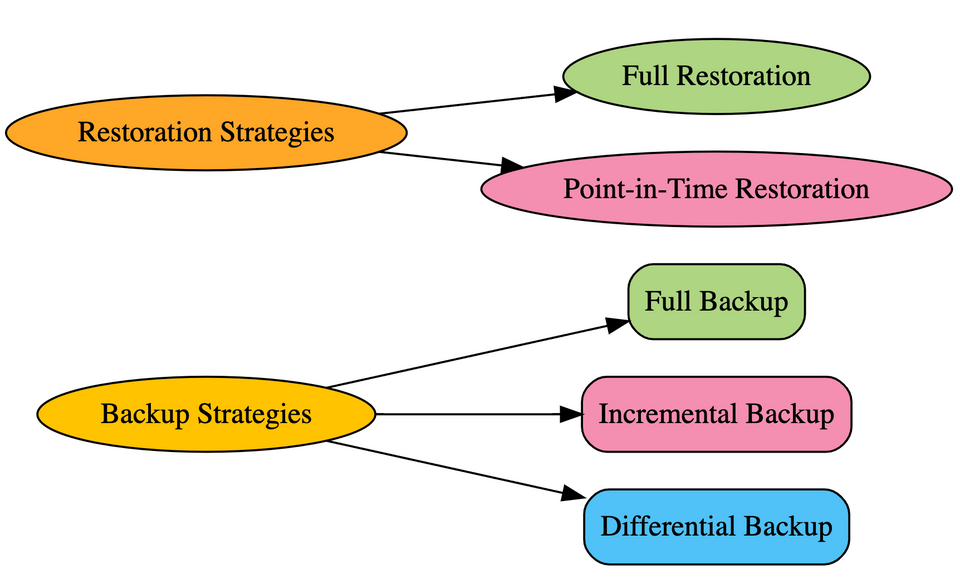💾 Core Data Engineering: Backups 💾

In the world of data engineering, backups are essential for ensuring the safety and integrity of your data. Without proper backups, your data is at risk of loss, corruption, or theft. In this chapter of Core Data Engineering, we'll explore the basics of backups and why they're so important.
🔄 What is a backup? 🔄
A backup is a copy of your data that can be used to restore your system in case of a disaster or failure. Typically, backups are stored in a separate location from the original data, which protects them from the same risks that could affect the original data. Backups can be taken at regular intervals, such as daily or weekly, to ensure that your data is always protected.
🛡️ Why are backups important? 🛡️
There are several reasons why backups are important in data engineering:
- Disaster recovery: Backups can help you recover from a disaster, such as a natural disaster or a cyber attack. If your original data is lost or corrupted, you can restore it from your backups.
- Business continuity: Backups can help you ensure business continuity in case of a disruption. If your system fails, you can use your backups to get back up and running quickly.
- Compliance: Some industries have strict regulations around data protection and backups. If you're in one of these industries, backups may be required to comply with regulations.
- Peace of mind: Backups can give you peace of mind that your data is protected. Knowing that you have a backup plan in place can help you sleep better at night.
🗃️ Types of backups 🗃️
There are several types of backups that you can use to protect your data:
- Full backup: A full backup is a complete copy of all your data. Full backups can take a long time to complete, but they provide the most comprehensive protection.
- Incremental backup: An incremental backup only copies the data that has changed since the last backup. This can be a faster and more efficient way to back up your data.
- Differential backup: A differential backup copies all the data that has changed since the last full backup. This can be a good compromise between a full backup and an incremental backup.
- Snapshot backup: A snapshot backup captures the state of your data at a particular point in time. This can be useful for applications that need to maintain consistency across multiple data sources.
🗄️ Backup storage options 🗄️
Once you've taken your backups, you need to store them somewhere safe. Here are some options for backup storage:
- On-premises storage: You can store your backups on-premises, either on physical media such as tapes or disks or in a cloud-based storage system. On-premises storage gives you complete control over your backups.
- Cloud storage: You can also store your backups in the cloud. Cloud storage can be more cost-effective and scalable than on-premises storage, but you need to ensure that your cloud provider has adequate security measures in place.
💿 Example backup strategies 💿
Different data storage architectures have different backup requirements. Here are a few backup scenarios for some common data storage architectures:
- Data Warehouses: A full backup once a week with incremental backups daily can help ensure all data is protected. Off-site backups are important for disaster recovery.
- Data Lakes: Incremental backups every few hours can capture frequently updated data. Version control for metadata can help ensure changes are tracked, and backups for streaming data may need to be taken more frequently.
- Databases: Full backups once a day with incremental backups more frequently can help protect all data. Point-in-time recovery can be useful for recovering from data corruption, and off-site backups are important for disaster recovery.
‼️ Test your backups! ‼️
Arguably the most neglected & crucial part of backups is actually testing them. Always make sure your backups work as intended, otherwise…
Do you have a verified & tested backup strategy?
Member discussion